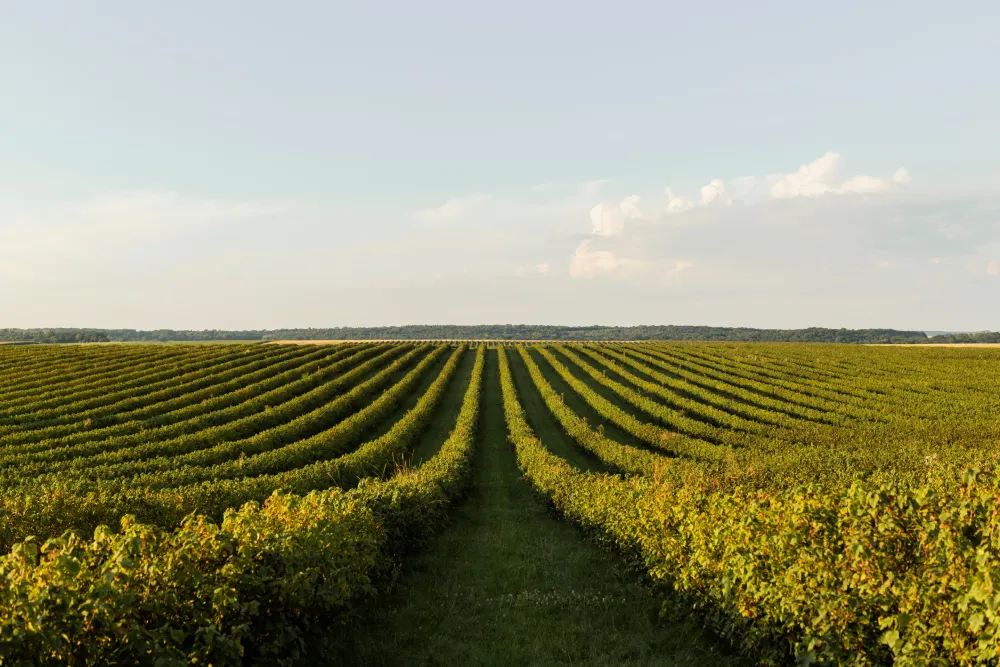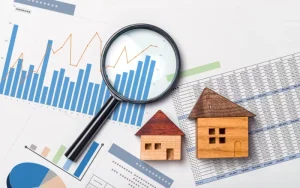Agricultural land serves as a fundamental resource for the global economy, not only providing the basis for food and crop production but also acting as a significant investment asset. Over the years, the value of this land has seen varied trends, influenced by a multitude of factors.
Understanding these factors is crucial for farmers, investors, and policymakers to make informed decisions. This comprehensive guide explores the key drivers behind agricultural land value growth, offering insights and perspectives that cater to both seasoned landowners and prospective investors.
• Location
Location remains one of the most critical factors influencing agricultural land values. Proximity to markets, transportation infrastructure, and urban areas significantly affect land prices. Land located near major cities or transportation hubs tends to command higher prices due to increased demand for residential, commercial, and industrial development.
Conversely, remote or inaccessible land may have lower values, reflecting reduced demand and limited potential for profitable farming. A real estate broker plays a pivotal role in navigating these location-based dynamics, guiding clients toward optimal investments aligned with their objectives.
• Soil Quality
The fertility and productivity of the soil are fundamental determinants of agricultural land values. High-quality soil that supports diverse crop varieties and yields consistently high harvests is more valuable than poor-quality soil with limited agricultural potential.
Soil composition, texture, drainage, and nutrient content are all critical factors that farmers and investors consider when assessing land value. Additionally, land with a history of sustainable farming practices and soil conservation efforts may command premium prices due to its long-term productivity prospects.
• Climate and Weather Patterns
Weather conditions, including temperature, precipitation, and growing season length, profoundly impact agricultural productivity and land values. Regions with favorable climates for crop growth and livestock rearing are more attractive to farmers and investors, leading to higher land prices.
Conversely, areas prone to droughts, floods, frost, or other extreme weather events may experience fluctuations in land values due to increased production risks and uncertainty. Climate change projections further underscore the importance of considering future weather patterns and their potential effects on agricultural land values.
• Government Policies and Regulations
Government policies and regulations significantly influence the formation of land values. Policies related to land use, property rights, subsidies, and taxation directly impact farmers’ profitability and investment returns. Changes in agricultural subsidies, land zoning laws, environmental regulations, and water rights can significantly influence land values. Investors need to stay abreast of evolving regulatory landscapes to gauge the long-term growth prospects of agricultural land values accurately.
• Market Demand and Economic Trends
Market demand for agricultural products and commodities is a key driver of land values. Growing populations, rising incomes, and shifting consumer preferences can create opportunities for agricultural expansion, driving up land prices in productive regions. Additionally, broader economic trends such as interest rates, inflation, and currency fluctuations can impact the cost of capital and investors’ appetite for agricultural assets, influencing land values accordingly.
• Technological Advances
Advancements in agricultural technology and innovation have the potential to boost productivity, reduce input costs, and increase the value of the land. Precision farming techniques, genetic engineering, drone technology, and data analytics enable farmers to optimize resource allocation, improve crop yields, and mitigate risks.
As technology progresses to transform the agricultural sector, land with access to modern infrastructure and technological resources may command higher prices due to its enhanced productivity and competitiveness.
• Environmental Considerations
Growing awareness regarding environmental sustainability and climate change mitigation has implications for agricultural land values. Sustainable farming practices, organic certification, and conservation easements can enhance the ecological value of the land, influencing its market value. Regulations aimed at reducing greenhouse gas emissions, conserving natural resources, and protecting biodiversity may affect land use patterns and investment decisions in the agricultural sector.
• Demographic Trends
Demographic shifts impact land values, including population growth, urbanization, and changing consumption patterns. Rapid population growth and urban expansion can lead to the conversion of agricultural land into residential, commercial, or industrial developments, reducing the available supply of farmland and driving up prices. Conversely, declining rural populations and aging farm demographics may result in land consolidation as larger, more efficient operations replace smaller, family-owned farms.
• Access to Water Resources
Water availability and quality are critical factors affecting land values. Land located near reliable water sources, such as rivers, lakes, or aquifers, is more desirable for farming and often commands higher prices. Irrigation infrastructure and water management practices play a crucial role in mitigating drought risks and ensuring consistent crop yields, particularly in arid or semi-arid regions.
However, competition for water resources from urban development, industrial activities, and environmental conservation efforts can lead to conflicts over water rights and impact agricultural land values.
FAQs on Agricultural Land

Can land value decrease?
Yes, It can decrease due to several factors, such as poor crop yields, loss of water rights, negative changes in government policy, economic downturns, or environmental degradation. Additionally, a decrease in demand for agricultural commodities can also lead to lower land values.
How can investors assess the value of agricultural land?
Assessing the value of agricultural land requires a multifaceted approach, and investors often turn to real estate brokers for guidance. These experts excel in assessing the multitude of factors that influence land worth. Their specialized knowledge ensures a comprehensive analysis, helping investors make informed decisions tailored to their goals and the prevailing market dynamics.
Can leasing land affect its value?
Yes, leasing land can affect its value. Long-term leases with reliable tenants can increase land value by providing a steady income stream. However, poorly managed leases or those with uncertain terms might decrease land value due to potential misuse of the land or uncertainty about future use.
Conclusion
Although the agricultural land market can fluctuate unpredictably, understanding the factors behind the growth in land value can offer a reliable basis for making informed choices. Whether one intends to purchase, sell, or efficiently utilize agricultural land, being mindful of these factors is vital for navigating the intricacies of the agricultural economy and capitalizing on the potential of this fundamental asset.
At 3D Real Estate, as your dedicated real estate broker, we provide insightful analyses and expertise to guide you through the complexities of the land market. Reach out to us today to discover how we can assist you in maximizing your investment opportunities.




